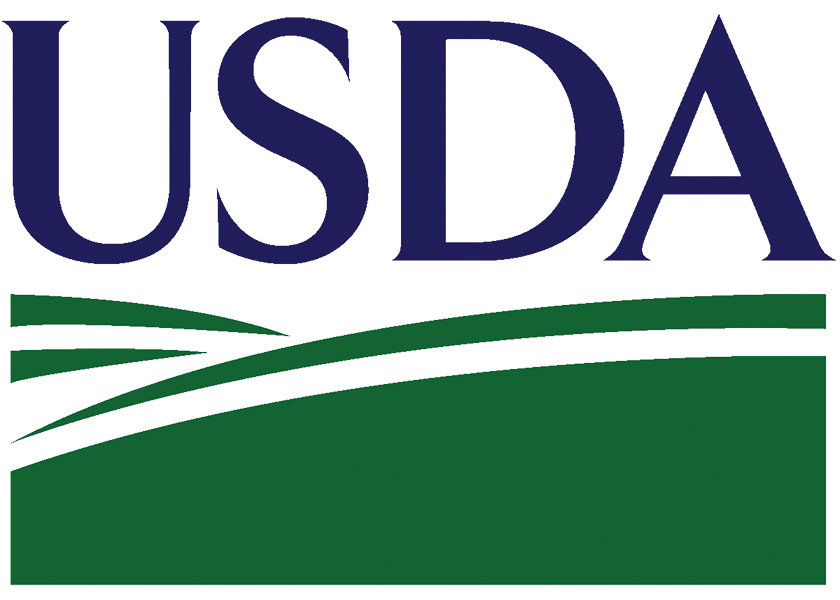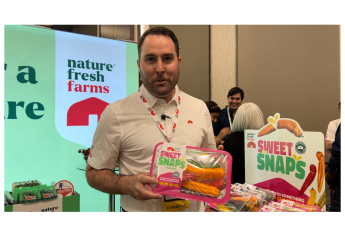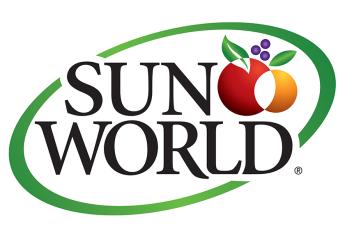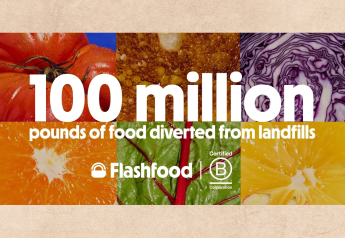USDA report: More specialty crop growers are using federal crop insurance

Specialty crop growers have nearly doubled their participation in federal risk management programs over the past 10 years, according to a new report from the USDA’s Economic Research Service.
The 55-page report describes recent changes in Federal Crop Insurance Program and Noninsured Crop Disaster Program use by specialty crop farmers, compares differences among conventional and organic farms, and investigates the reasons some farmers choose whether to participate in these programs, according to a news release.
Some findings in the report:
- Specialty crop growers increased the value of their crops insured by FCIP products from about $12 billion in 2011 to about $21 billion in 2020 (not adjusted for inflation0;
- The states with the most crop insurance policies are top producers of fruits and vegetables — California, Florida and Washington — and specialty field crops such as dry beans or dry peas — Montana and North Dakota;
- States that have fewer federal crop insurance policies have a higher number of Noninsured Crop Disaster Program applications. In 2020, the states or U.S. territories with the highest number of conventional specialty crop NAP applications were North Carolina, Puerto Rico and New York;
- The number of specialty crop producers who applied for NAP coverage trended up, from about 8,000 in 2015 to over 9,000 in 2020. Changes to NAP, such as the addition of coverage that exceed the minimal level (called buy-up coverage) in 2015, likely made NAP a more attractive risk-management tool;
- In 2017, FCIP or NAP insured a large portion of acreage for some crops — about 93% for dry peas, 92% for dry beans, 87% for plums and cherries, and 83% for tomatoes;
- In 2017, FCIP or NAP covered a smaller share of acreage for other crops — about 47% for pecans, 39% for squash, 13% for kiwifruit, 11% for strawberries and less than 1% for hazelnuts and lettuce; and
- The share of NAP applications for which farmers elected buy-up coverage was fairly close between conventional crops and organic crops in 2018, about 40%. Low levels of buy-up in conventional crops in 2019 and 2020 were likely related to the timing of the 2018 Farm Act, according to the study.







